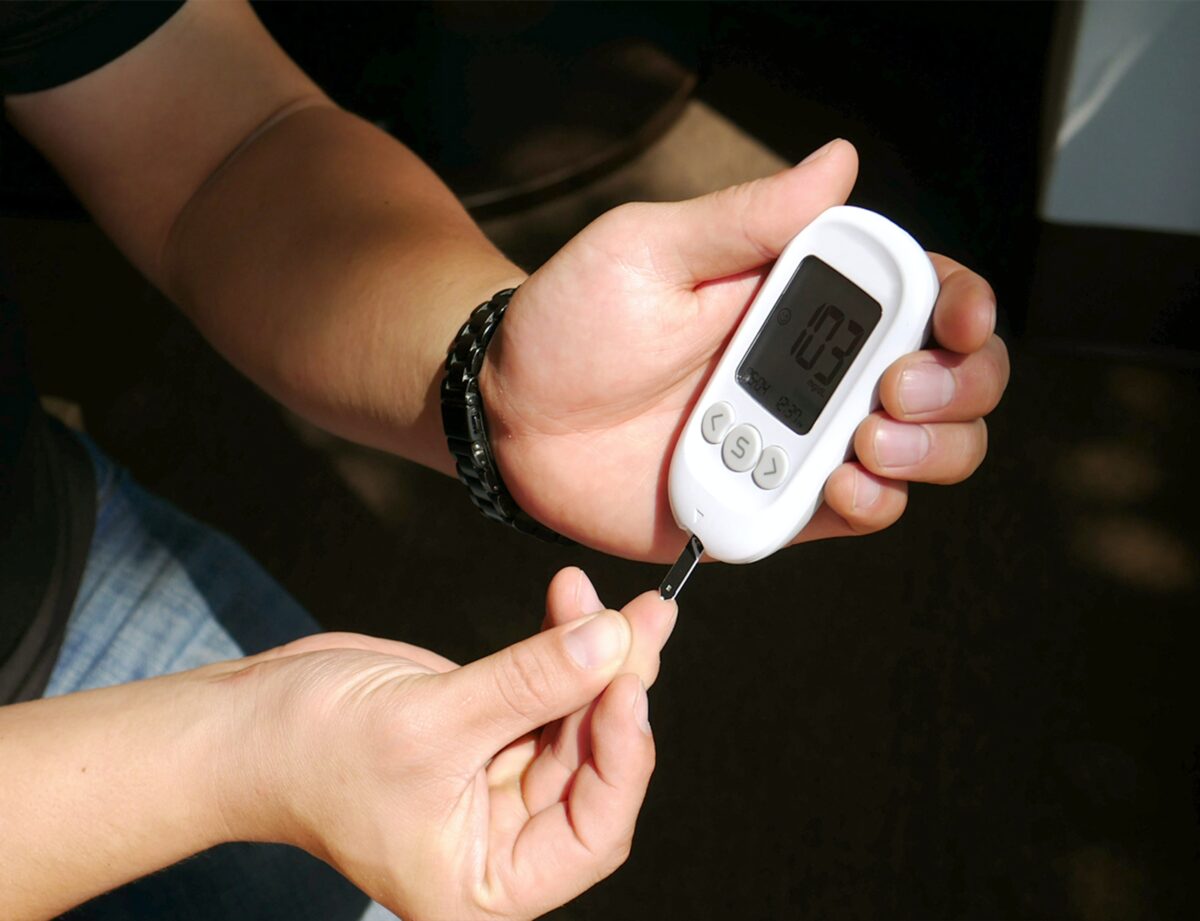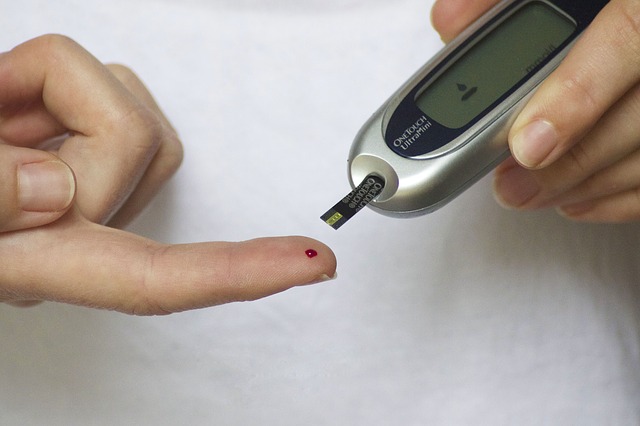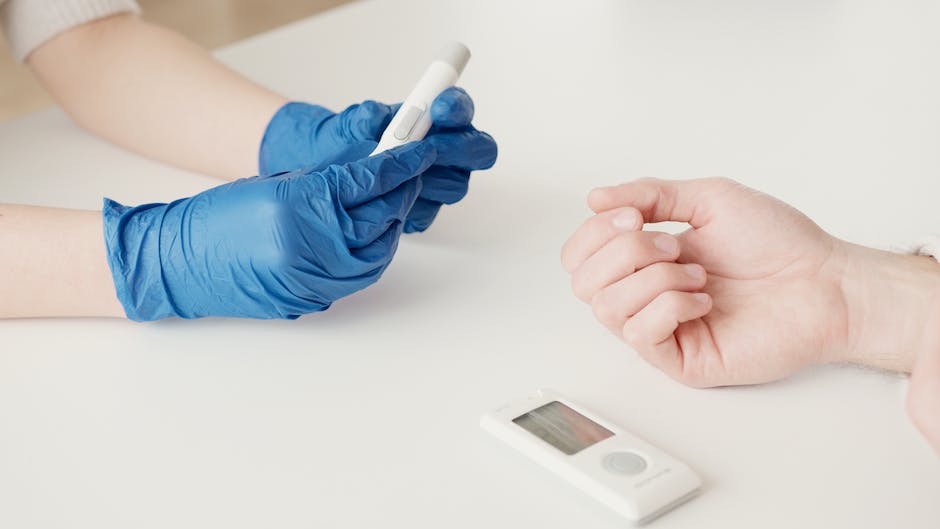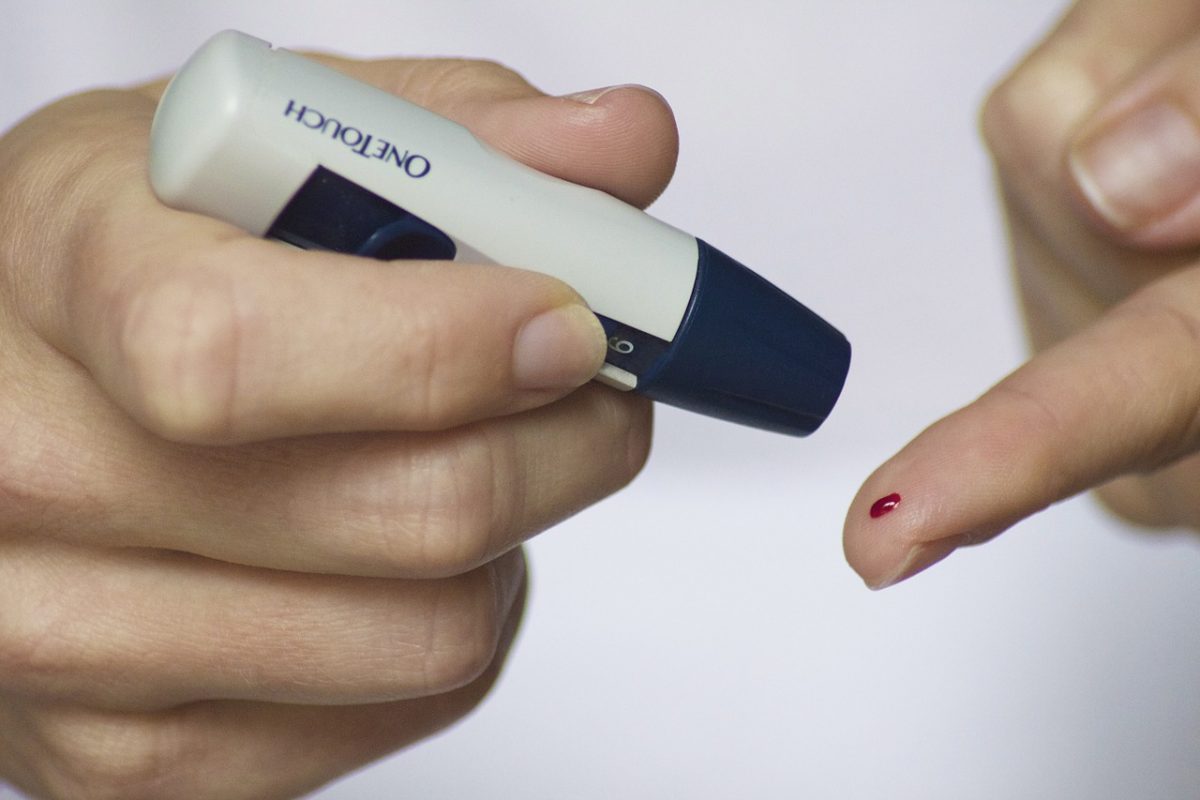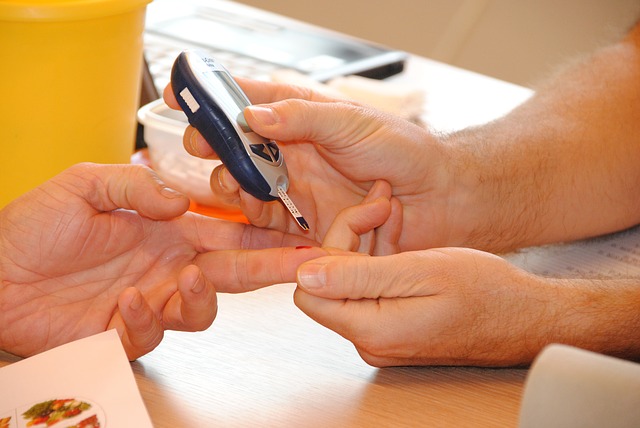Diabetic test strips are a crucial tool for managing diabetes, but their cost can add up quickly. For many individuals with diabetes, finding ways to save on test strips without sacrificing quality is essential. In this blog, we’ll explore various strategies to help you save money while ensuring you get reliable and accurate test results.
1. Understanding the Costs of Diabetic Test Strips
Diabetic test strips can vary significantly in price, depending on the brand and type. On average, the cost of a box of 50 test strips can range from $30 to $60. Over the course of a year, this can lead to a substantial expense, particularly for those who need to test their blood glucose frequently.
2. Utilize Insurance Coverage
Many health insurance plans cover diabetic test strips, but the level of coverage can vary. Here’s how to maximize your insurance benefits:
- Check Your Policy: Review your health insurance policy to understand what’s covered and what isn’t. Some plans cover the full cost, while others may require a co-pay or have limits on the number of strips covered.
- Prescription Requirements: Ensure that you have a valid prescription for test strips, as many insurance plans require one for coverage.
- Preferred Providers: Use preferred pharmacies or suppliers listed by your insurance company to take advantage of discounted rates.
3. Patient Assistance Programs
Several manufacturers and non-profit organizations offer patient assistance programs to help reduce the cost of test strips. These programs can provide free or reduced-cost strips for eligible individuals. Here’s how to take advantage of them:
- Manufacturer Programs: Check the websites of major test strip manufacturers like Abbott, Bayer, and Johnson & Johnson for information on their patient assistance programs. Eligibility requirements may vary, so be sure to read the criteria carefully.
- Non-Profit Organizations: Organizations such as the American Diabetes Association and NeedyMeds offer resources and assistance for those struggling with the cost of diabetes supplies.
4. Bulk Purchasing and Online Discounts
Buying in bulk or shopping online can lead to significant savings. Here are some tips for reducing costs through these methods:
- Bulk Purchases: Consider buying larger quantities of test strips if your insurance or prescription allows. Purchasing in bulk often reduces the per-strip cost. However, be mindful of expiration dates to ensure that you use the strips before they expire.
- Online Retailers: Look for reputable online pharmacies or retailers that offer discounts on test strips. Websites like Amazon, Walmart, and specialized diabetes supply stores often have competitive prices and bulk discounts.
- Coupons and Promo Codes: Keep an eye out for coupons and promotional codes from both manufacturers and retailers. Signing up for newsletters or joining loyalty programs can sometimes provide access to special deals and discounts.
5. Alternative Testing Methods
In addition to traditional test strips, there are alternative glucose monitoring methods that may be more cost-effective in the long run:
- Continuous Glucose Monitors (CGMs): While CGMs have a higher initial cost, they can reduce the need for frequent fingerstick tests and potentially lower overall testing costs.
- Alternative Brands: Explore less expensive or store-brand test strips that are compatible with your meter. Many generic options provide the same level of accuracy and reliability as name-brand strips at a lower cost.
6. Smart Management and Tracking
Effective management of your testing supplies can also help reduce costs:
- Track Usage: Monitor how many test strips you use and adjust your order frequency to avoid over-purchasing and wastage.
- Regular Check-ups: Regularly consult with your healthcare provider to ensure that your testing needs are met and that your current test strip supply aligns with your health goals.
Managing the cost of diabetic test strips doesn’t have to mean compromising on quality. By utilizing insurance coverage, patient assistance programs, bulk purchasing, and exploring alternative methods, you can keep expenses manageable while maintaining effective diabetes management. Staying informed and proactive in finding cost-saving opportunities can help you make the most of your diabetes care routine.
If you have any specific questions about managing the costs of your diabetes supplies, feel free to reach out or consult with your healthcare provider. They can offer personalized advice and resources tailored to your needs.
We Buy Unused Diabetic Test Strips and Supplies
If you would like to find out about earning cash for your unwanted, unused, and boxed test strips, complete our online quote form today.
If you have extra, unopened and unused boxes of diabetic test strips – whether you have switched brands, no longer need to test or test less frequently, or have a loved one who has passed away – don’t let them gather dust until they’ve expired and end up in the trash. We’re the best place to sell diabetic test strips online, and if you want to sell your test strips, we’re here to make the process easy and enjoyable!
Visit us at Sell Your Test Strips and get your free quote today!


